
Nolan’s new film, Tenet, is now officially released in China. Like Inception and Interstellar before him, Tenet is also a brain-burning blockbuster, and has played a new role in the concept of time.
The film tells that the word "tenet" is the only clue and weapon when the world is in danger. The protagonist travels around the world, carrying out secret service activities, trying to reveal the mystery of "creed" and complete a mysterious task that transcends real time.
This task is not a time journey, but a reversal of time and space.
The film was written and directed by Christopher Nolan, and was shot with IMAX and 70mm film camera. emma thomas and Nolan were filmmakers, Thomas haislip was executive producer, and John David Washington, Robert Pattinson, elizabeth debicki, Kenneth Blana and michael caine starred in it.In order to ensure the film effect, the crew traveled to seven countries to shoot.
Nolan’s behind-the-scenes team members include photography director kristof van hout, art director Nathan Crowley and editor Jennifer Lame. The original music of the film was created by Ludwig Granson.
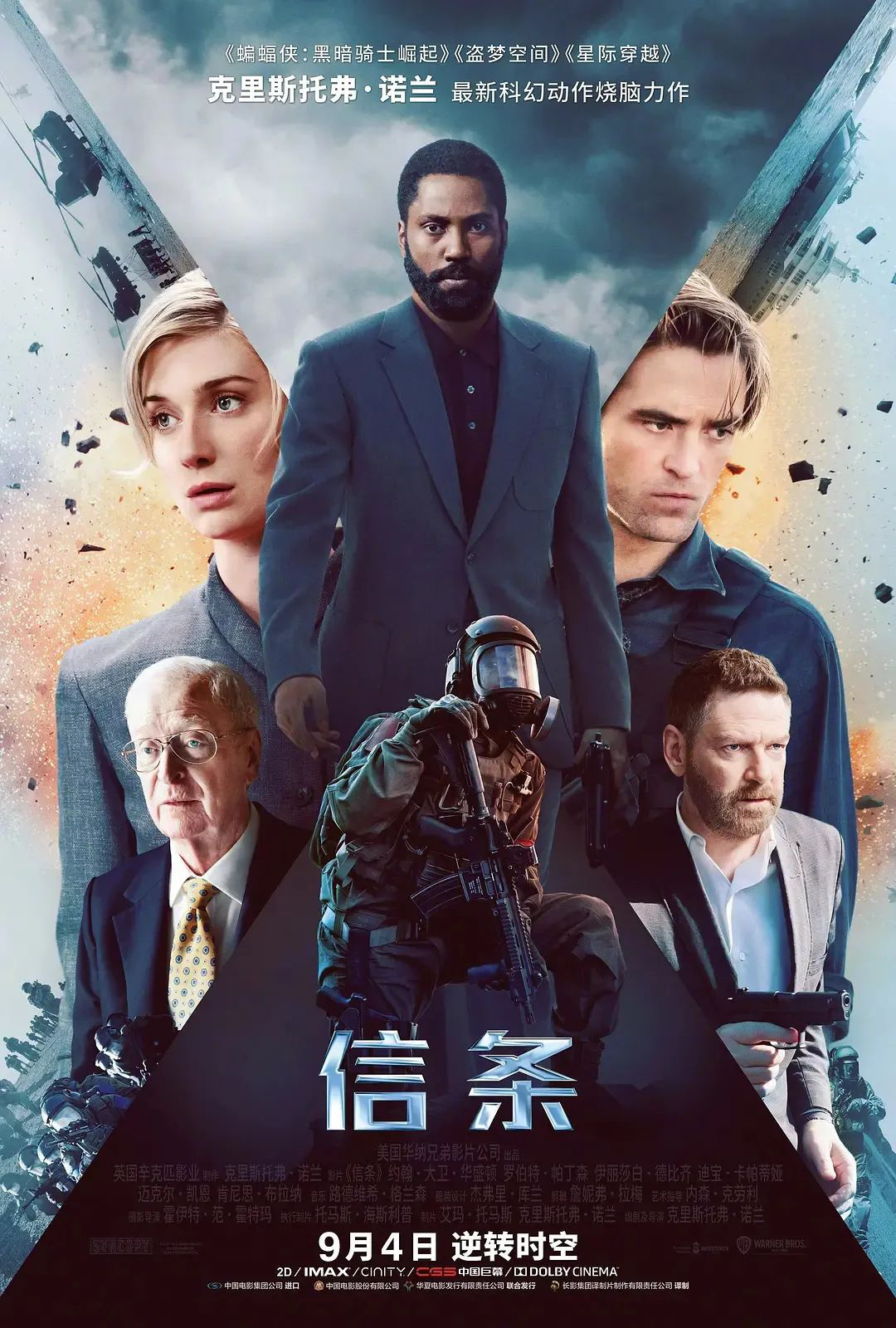
1.The total amount of film is about 1.6 million feet
Reconstruct IMAX electronic components, and shoot at the same time.
More than ten years ago, Christopher Nolan was the first person to shoot large movies with IMAX camera, and now he continues to use large-format cameras to break new ground. Nolan and photography director kristof van hout used IMAX cameras to shoot most scenes in Tenet, surpassing all previous works.
Hotema thinks this is beyond the reach of others. "We shot about 1.6 million feet of IMAX film, which obviously broke our own record. I can’t say for sure, but I will be surprised if there are other films made more. "
In addition to the creative use of IMAX cameras, the details of the story also require a breakthrough in IMAX technology. Hotema said: "One of the biggest technical challenges is that we hope that the IMAX camera can rewind the tape to capture the effect that the film can’t be shot when shooting in the forward direction."

"IMAX cameras have powerful motors, and they also need to be careful and accurate when using them. They can’t rewind at all. The IMAX team was very helpful. They worked with us in research and development, reconstructed the mechanical parts in the film box, and reconstructed the electronic components, thus allowing us to shoot forward and backward simultaneously. "
IMAX camera has an obvious disadvantage: it is much noisier than traditional cameras. However, with the help of the latest generation of noise enclosures, Hotema has successfully applied them more widely than ever before. However, he said frankly: "We couldn’t present intimate conversation scenes with IMAX cameras, so we used 65mm cameras again."
Hotema’s proficiency in operating the relatively bulky IMAX camera left a deep impression on the actors.
Starring Washington said: "He contributed a lot. Those cameras are very heavy, and he has been shooting. He and Nolan never sit down, so I thought,’ I can’t be tired, and I can’t sit down if they are not tired.’ In this atmosphere, you can’t help but stick to it and go all out. "
"Nolan has the most amazing physique I have ever seen. He seems to live on earl grey," Pattinson agreed with a smile. "He is definitely an indomitable representative."
2.Nolan chose Washington as the leading role in Black Party.
Pattinson was chosen because of the contrast of recent works.
Regarding the choice of the hero, Nolan said: "We need an actor who can support the screen. When "Black Party" made its world premiere at Cannes Film Festival, it was at an important stage of Tenet’s conception. "
"The film not only left a deep impression on me, but also surprised me with the natural charm of John David Washington, who is so shining on the screen, which made me full of confidence that he can become the core of our film."

Washington told us that the first thing that attracted him to join Tenet was a name, namely Christopher Nolan.
He said: "I have seen every one of his films, so whatever he wants me to do, I promise.He is a dynamic film storyteller, so he can integrate these profound concepts and build these unique worlds. You will be attracted by what you see, whether it’s action scenes, thriller elements or movie soundtrack … but the core of the movie is the relationship between the characters, the situation around the characters, the need for companionship and the way to explore different emotions. The role is always the part that I am most involved in. "
The hero has a helper named Neil to help him complete his mission. Thomas thinks that Robert Pattinson has added real brilliance to the film. "Over the years, we have obviously seen many of his works and enjoyed them very much, and his recent movies have shown us a completely different him, which has aroused our interest. It was really exciting to see him trying to fit into the role, so we were very happy when he agreed to join the film. He is really awesome. "

3. The heroine was originally set as "the elderly"
Debic changed Nolan by acting.
On his mission trip, the hero encountered the biggest obstructionist, a powerful Russian oligarch named Andrei Sattar.
Thomas said: "I think Kenneth will be excited to challenge this unprecedented villain role." I mean, I’ve seen him play the bad guy before, but it’s not as bad as this one. This one is just terrible. But in fact, he is definitely the sweetest and most charming person you want to meet. Kenneth’s most impressive performance was that he chatted happily with him at the scene, and then he turned into a demon in the blink of an eye, which was incredible. And he did it. "

Sattar’s wife Kate is played by elizabeth debicki, and Thomas revealed: "Kate’s role is actually re-conceived for Derbyshire. Kate used to be an elderly character, but,I watched her in Widows’ Union and was impressed by her acting skills.I specially invited Nolan to watch the film for her, and he agreed. Therefore, Kate was rewritten by Elizabeth. She’s amazing. "
Debizi said: "When you get such a profound and interesting script and a role like Kate, and you will partner with such an outstanding figure as Chris Nolan, you will surrender." Is there any reason not to surrender? Life doesn’t always give you so many ideas as gifts, which is what this movie means to me. "

Michael caine, the legendary supporting actor of Nolan’s film, was called "Nolan lucky one" by Thomas: "Without michael caine, it wouldn’t be Nolan’s film," Thomas said with a smile. "It’s lucky and honored to continue to cooperate with him."
4.Rebuild the abandoned grand theater
Block six highways for eight kilometers and chase cars.
As the heavily armed production team entered the Kiev Opera House, Tenet’s filming began.
The crew then went to the location.Tallinn EstoniaLinnahall, a huge venue, continued filming.
The stadium was built for the 1980 Moscow Olympic Games, when Estonia was part of the former Soviet Union. Nathan Crowley pointed out: "I think this is one of my favorite shooting sites. Overlooking the Baltic Sea from here, its architecture combines the fauvism art with the Mayan temple style. It’s big and magnificent. It completely meets all the requirements put forward by Chris and me. Very suitable for our movie. "
Crowley pointed out that although it is magnificent, it lacks maintenance and has been abandoned for about ten years. The seat was in a terrible state, the carpet was gone, and the concrete was greatly damaged. There are graffiti and broken glass everywhere, and there are no lights. Repairing is a big project.
"We have thoroughly cleaned, rebuilt the stage, polished the concrete surface and rebuilt some external walls that have been warped for many years. We have to repair the gate and replace a lot of glass. We also repaired the lighting equipment on site and added new lighting facilities. We also spent a lot of time dealing with all the audience seats and carpets. For us, it is the most important thing to keep the original appearance and make a little change. This is a great building, and I hope Tallinn can keep it. "

Undoubtedly, the most challenging scene is the well-designed car chase scene, which takes place on the busy expressway in the center of Tallinn, with constant traffic.
The first step is not only to obtain a long road use permit, but also to gain several weeks of shooting time.
Executive producer Thomas haislip explained: "We are going to block an eight-kilometer section of a six-lane highway, which is located in the center of Estonia’s most densely populated area."
Even after being approved, he said frankly: "Every day, I worry that the application will not be passed. Fortunately, we were finally approved and there was enough time. We want to thank many people, from local authorities to the public, for their cooperation and support. "

5. Dozens of stunt drivers drive retrograde.
Difficult scenes are controlled by stunt drivers.
Because there are too many vehicles, careful planning is the key to capture the action. The visual effects department led by andrew jackson contributed a lot, providing Nolan, actors and other departments with a dynamic preview of all the shots as a reference.
Hotema pointed out: "For example, in a car chase, sometimes it goes forward and sometimes it goes backwards. At some point in time, these different timelines will be intertwined and affect each other, so we have to figure out every shot like a puzzle. "
"Andrew’s team has successfully conceptualized what we want to shoot in the computer, so that we can overlook the whole scene at any time or from any angle."
"When we consider the problems related to car chasing, our first assumption is always wrong," Nolan recalled. "Your intuition will preset some things for you, you will believe them, and then after some hard work to solve them, you will realize that your thinking is completely in the wrong direction, and intuition actually takes you on a completely wrong path. Therefore, for these complicated shots, we have to keep looking at the previewer. "
"It is very helpful that we can not only look at all the components at a specific time, but also look at their relationships and find out their physical and process principles. Andrew and his team are an extremely important part of this process, "Hotma added.

These shots also require special effects director Scott Fisher to work closely with George Coe Teller.
Fisher said: "We talked a lot about how to control the car in reverse. We conducted some experiments with George to find out how to complete the conversion. Then, the film crew did a great job, prepared real vehicles for the film and integrated them into our tests. "
Cottle added: "At the beginning of the test, we firmly believed that if the car was driven in reverse, it would be a real car that could travel 50 or 60 miles per hour. This cannot be faked. And after some training, we succeeded. "
Cottle has formed a core team of 20 top drivers from Los Angeles, many of whom have participated in many films directed by Nolan. One of them was Jim Wilkey, who flipped a truck quickly in The Dark Knight. Kotel said: "When we arrived in Estonia, we were already a leading team in the industry."
Here, senior stunt drivers from Estonia, Prague and Britain also joined them. Before filming began, Cottle said, "We walked onto an abandoned runway and rehearsed it from beginning to end, because we knew it would be the most difficult problem."
Actors are allowed to drive by themselves.Pattinson thinks, "This is extremely interesting. I am a very conservative driver, but it is so exciting to put an IMAX camera on the car console and then shuttle through the passing vehicles. "

Thomas said: "Robert didn’t mention his driving ability at all. In fact, he didn’t seem to be a professional. However, when the stunt team evaluated his ability, they were all surprised by Robit’s driving ability, so he finally drove himself many times in the movie. "
Although the actors have driving skills, the stunt team controlled the car in a difficult scene for safety reasons.
Kotler explained: "We installed control pods in all the main characters’ cars or at the top, and arranged stunt drivers in the pods installed on the roof or hidden somewhere in the car. It seems that the actor is driving, but in fact it is the stunt driver who is controlling. "
Kotel, who has participated in six stunt films directed by Nolan, said: "Chris’s efforts in safety are second to none; Everything hangs in my heart. He would keep turning his head and asking me,’ How do you feel about it? How’s it going? Is it safe? Do you need more time?’ If it is not safe, he will slow everyone down. My team and I and everyone else on the scene are pleased with this. "
Estonia’s shooting location also includes Tallinn Art Museum, which is the preface hall of Oslo Freeport; Inside the warehouse where Tallinn Freeport is located; Railway station; And the port where the hero arrived in Estonia.
6. A rocket launcher is installed on the back of the yacht.
Shooting helicopter scenes with search and rescue teams
Many scenes of Tenet’s villain, Sattar, have to be filmed on the yacht, including the ending that he is finally killed.
existItalyThe main stage is picturesque.Maarfi coastA blue sea nearby: a luxury super yacht, where Andre Sattar lives.
Neil Andrea, the maritime coordinator, is in charge of preparing various ships appearing in the Tenet. He found this yacht named "The Ninth Planet".
The yacht is more than 73 meters long and consists of six decks and a helipad. "This is extremely necessary for some unavoidable scenes, which is one of the key reasons why we like it," Crowley said. "The gray reinforced hull makes it look more industrial and suitable."

Blana agreed. "Sattar designed and built it as a palace, an escape tool and a refuge. It hints at how he reacts to the world in an offensive and defensive way. The yacht itself is an amazing sculpture and structural art work. "
"To be honest, all movies don’t have random shots, but every frame of Nolan’s movies allows you to judge whether the story will rock the boat at any time. Therefore, this ship-including its military attributes, colors, edges and corners-will bring you into the heart of Andre Sattar and spy on its vicious and dangerous nature. "
In order to enlarge its nature, Crowley said that he placed a unique device on the back of the ninth planet. "It’s a rocket launcher, and this semi-militarized image seems to say,’ Don’t go near the yacht’, which further makes you feel that you can’t get close to the yacht."
Be very careful when modifying the hull during shooting. Crowley said: "When renting a giant yacht, try not to cause any damage. Therefore, it is very important to protect the corners or any vulnerable surfaces when the crew carries all the equipment on board." In fact, the crew assigned four crew members to protect the yacht from any potential damage.
Crowley and his team did make some modifications to the yacht: a new deck was built on the existing deck to raise it, and a set was added to cater to the role of Sattar.
However, moving or removing existing decorations is more complicated. "We must be able to make room for lamps and cameras," Crowley said. "Moreover, at least most of the furniture in one room should be removed so that the actors have enough room to walk around." Cleaning the space means that deck parts must be removed, so, just in case, the crew of the ninth planet is responsible for the removal of furniture.

However, there is one place in this yacht that cannot be modified: the helicopter landing pad. It is impossible to bear the weight of Sattar’s Russian-made Mil Mi-8 twin-turbo helicopter, because this helicopter far exceeds the maximum bearing capacity of the lifting platform.
Haislip said, "We have to figure out how to operate the helicopter without actually landing. We successfully found an excellent search and rescue team from Eastern Europe. They conducted some tests. When we filmed the scene, they started to operate the helicopter, almost without hovering. It looked as if the wheels had been placed on the yacht, but in fact they were still hanging in the air-the gap between the wheels and the lifting platform was as thin as a piece of paper; Very accurate and powerful. "
Although the key scenes on the yacht were filmed in Vietnamese waters, filmmakers know that it is unrealistic to bring the "Ninth Planet" into Southeast Asia.
Instead, they chooseAmalfi coastReplace Vietnam. Crowley said: "Some cliffs and nearby areas do not have Italian architecture, so they can be regarded as Vietnam."
"Because it’s a long shot, we just need to change its appearance from a distance. We built a small pier on the beach and redecorated several Italian fishing boats to make them look like Vietnamese fishing boats-welcome to Vietnam. " He said with a smile.
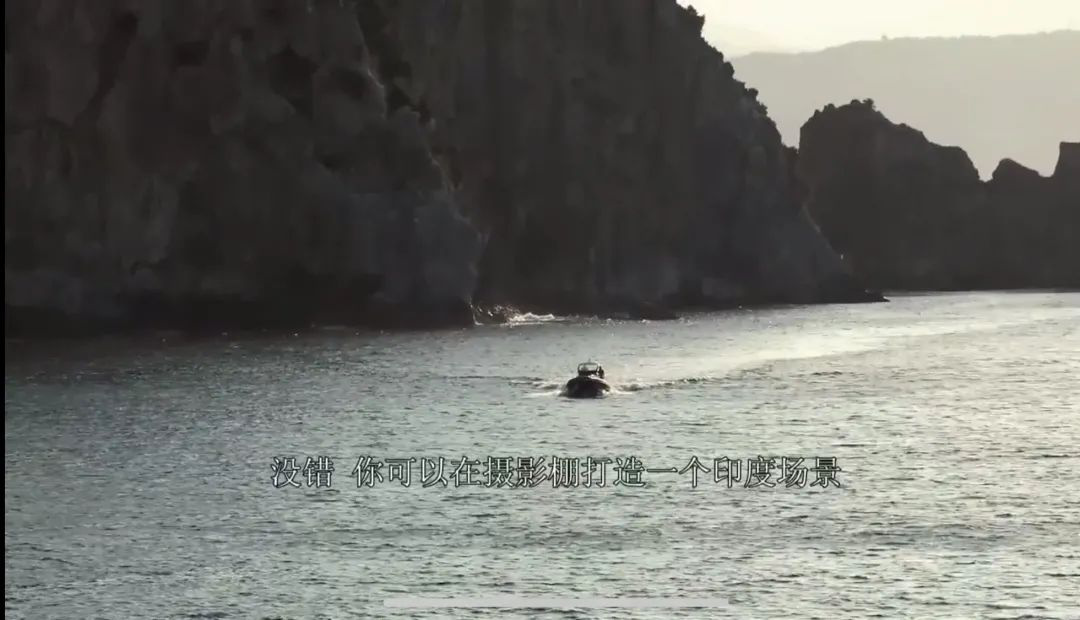
7. Shoot the F50 floating catamaran by helicopter.
Build a replica of "Buck" for the actors to perform.
The Ninth Planet is Andrei Sattar’s home on the sea, but in order to seek excitement on the high seas, he owns two state-of-the-art F50 floating catamarans.
The F50 has a unique shape, and its 24-meter-high sail is very hard, similar to the wing of an airplane, which will generate more power when the wind blows.
Several hydrofoils under the hull lift the ship from the water, thus reducing the resistance and improving the speed. The speed of the F50 is even higher than 60 mph, so driving it requires both iron will and skilled handling ability: if it is too high, the ship will capsize; It’s too low, and the sense of speed is not good.
After the hero came into contact with Sattar, he took him aboard one of the ships, F50, and raced with the other.
For the character and its actor, this is an exciting journey. "It was very intense," Washington confirmed. "It was like flying at high altitude. I was thinking,’ Are you kidding me?’ But I’m not afraid, especially when Nolan and Hotema are tied in the middle and filming around us-they enjoy it so much that they can’t stop. This is so interesting. Smooth sailing! "

Even with the most experienced people at the helm, the filmmakers soon learned that there are established wind speed parameters for the safe navigation of the F50: 5-18 knots.
Hotema said: "We must take into account the extreme capacity of these ships. But it is difficult, because as a film crew, you are used to setting the speed. We have to shoot, get into the rhythm, and find interesting shots … but if the wind suddenly becomes too strong, we have to turn back. These ships are very good, and they are a wonderful experience in many ways, but they may also be frustrating-because we don’t set the speed, but the wind speed of nature determines it. "
When the F50 was moving at full speed, other ships couldn’t keep up, so Nolan and Hotema hired helicopters to push and pull the lens, and used camera boats equipped with IMAX cameras on the rim arm to capture the F50 flying by.
In order to take close-ups and dialogues, they built a "Buck"-a replica of the hull of the F50. When Nolan, Hotema and the film crew sit on the attached boat, the actors can perform in "Buck".

existLondon, EnglandI also filmed some scenes, such as the shipley auction house, where the protagonist first met Kate; There are also private schools attended by Kate’s son, and a private club where the hero meets Michael crosby, played by michael caine.
8. Complete the stunt preparation for jumping off a building in the rainstorm
Nolan proposed to let the actors "bounce"
When filming Indian scenes such as climbing stairs, the crew arrived at the end of the monsoon season.Mumbai, India.
Sometimes there are heavy rains here, and once again, the environment has mastered the right to speak.
"To tell the truth," haislip recalled, "we are ready to shoot and need the cooperation of the sun. Chris would say,’ All right, guys, get ready to go.’ Then, we saw clouds gathering, and then it rained cats and dogs. As soon as the rain stopped, we started to work again … even though we were all wet. "
Hotema said: "Shooting after dark requires a lot of lighting equipment, and even headlights should be installed on the surrounding roofs, because we need to illuminate a large area. The water brought by the heavy rain in the sky brought a lot of challenges to the use of high-voltage electricity, but we did it. Thanks to the crew; They are good at their jobs, which makes complicated situations easier to handle. "
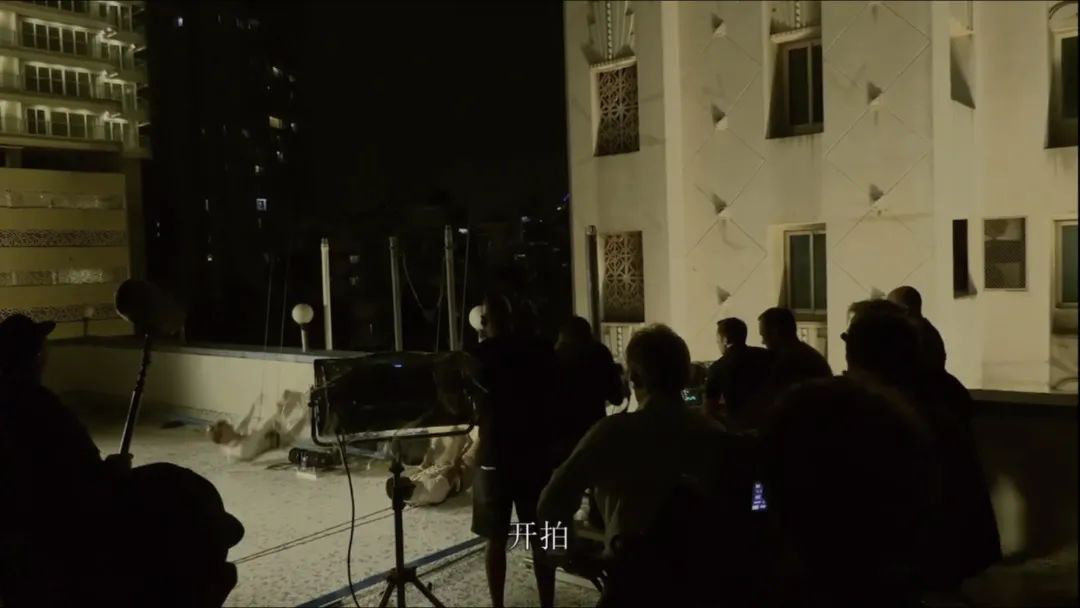
Despite the bad weather, the shooting of complex stunts at night was completed.
The protagonist and Neil must enter the attic of a heavily guarded 20-storey building for activities. "We explored different options, and I said,’ What if we let them go up from the side wall plate?’" Nolan was even more unique and said,’ What will happen if you bounce them up?’ I said,’ Good!’ But I know that once Nolan is approved, there is no way out. We have made various plans to prepare for the stunt, because we must be able to really carry out this’ ejection’ shooting and, as always, ensure safety. "
Chris daniels, stunt director and rigging coordinator, flew to Mumbai for precise measurement to see how much rigging was needed. "It’s 250 feet high, so the only way is to build a truss." Cottle said.
A small team began to prepare and test stunts very early. "We only plan to stay in Mumbai for less than a week, so I know we must start as soon as we arrive! Moreover, they arrived during the monsoon season, so they had to complete the installation, testing and preparation in the super rainstorm, "Kotel said.
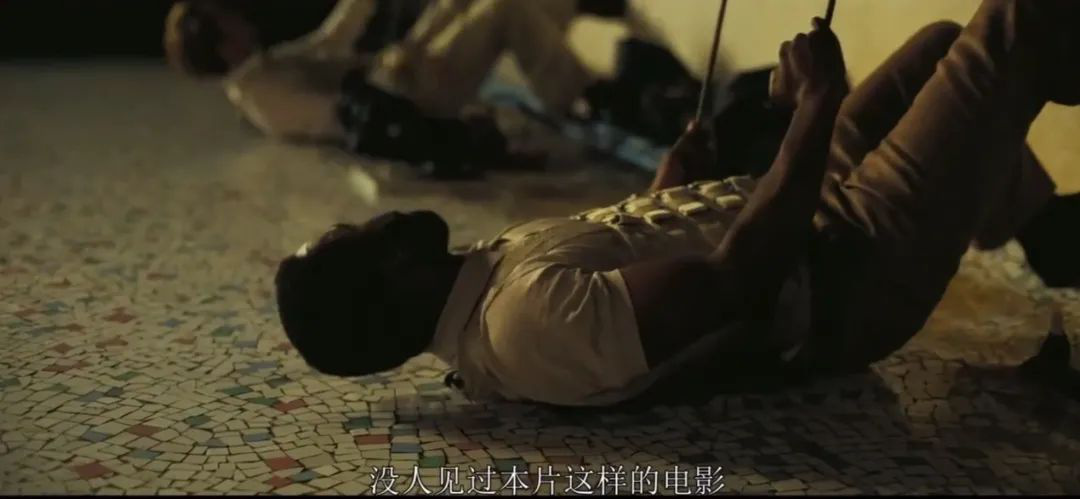
The truss is built on the roof, made of super-strong aluminum, with strong ropes to eject the actors, and then their stuntmen bounce up from the roof of the adjacent 7-story building.
The two were prone on the roof tied with a high-speed mechanical winch, which was carefully tested like all other equipment. "Then, at the press of a button, we will bounce them 70 feet high and touch the building for the first time."
Cottle said, "When we are finished, we will press the button again and eject them to the landing site. Washington and Pattinson completed the first part of the jump-we stopped it at the first 20 feet-so when the audience saw the characters first play, it was really their own performance. It’s amazing to see them do this. "
Just like the way in, the protagonist and Neil need to bounce off the side of the terrace when they leave here. Washington and Pattinson took the first step: they jumped into the safety net below before their stunt body double, Daniel Graham and Kyle McClane took over. Both actors admit that although they have complete confidence in preparation and safety measures, the take-off is still daunting.
Washington admitted with a smile: "Now I can laugh it off, but I was really nervous. There is a safety net under half a floor, and you still have to jump on it. After that, I am not afraid of anything. "
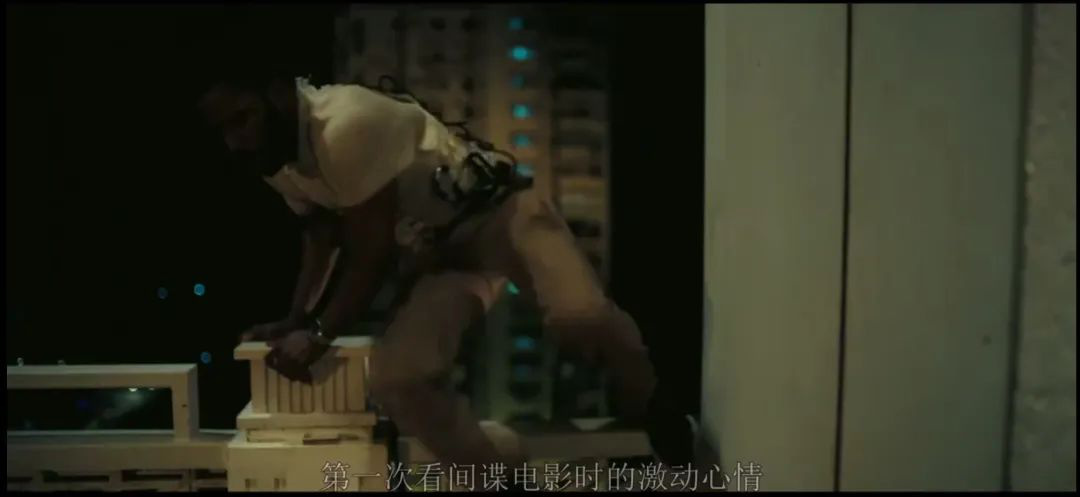
Pattinson agreed: "Even if we only need a small jump, it is no different from a big jump, because there are 20 floors below the safety net. I feel very terrible, very interesting, very cool, and have an illusory sense of fulfillment. "
"It’s much easier for me as a filmmaker to have such a strong actor in this movie," Nolan said. "This gave me more freedom to shoot and benefited me a lot."
During their stay in India, the film crew also went to Mumbai Bay overlooking the Arabian Sea to take photos.
9. Relying on the experience of Dunkirk to deal with extreme weather.
Shooting water scenes on an icebreaker
At the beginning of Tenet, the hero was isolated in a towering wind turbine of a huge offshore wind farm, trained for his next move, and waited for the truth to be revealed.
The exterior and interior here are all inThe Baltic Sea off the Danish coastlineReal shot on a wind farm in the middle of the mountain.
On the water, it was filmed on a large icebreaker, and the weather has always had an impact on logistics. "One of the main problems we encountered when shooting in this area was the weather," said Neil Andre. "We were in a wind farm, so we knew it would be difficult next. Sometimes, there will be strong winds of more than 40 knots and surges of 8 to 10 feet. However, we are prepared by relying on the experience gained from the filming of Dunkirk. "

The icebreaker was too big to sail into the harbor, so we moored it a mile from the coast. Actors, crew members, cameras and other equipment can only take the crew transport ship, cross the rough sea and get close to the icebreaker. Fortunately, the waves near the hull are smaller.
Andre explained: "The icebreaker is equipped with a dynamic global positioning system and a propeller on the side, which can be manipulated and parked in a proper position. Then, we let the stern meet the storm and reduced the wind, so that people and equipment can get on and off the ship safely. "
The crew is still there.Oslo NorwayShooting for one day, the scene includes a meeting between the protagonist and Neil on the roof of the Oslo Opera House, and shooting a discussion scene of three people on the city street about blowing up planes.
10. It’s cheaper to shoot an explosion with a retired plane.
A light source is set on the surrounding roof to keep it brightly lit for a mile.
The dramatic plane explosion that happened in Oslo in the film was actually located in.Victoria Airport in California on the southwest edge of Mojave Desert.Photographed.

Although Nolan tends to shoot the most explosive action scenes in the camera, he originally planned to use models and computer special effects to shoot the above scenes. Understandably, it is assumed from several aspects that it is not allowed to let a real plane blow up.
However, what is shocking is that Thomas revealed: "We calculated the accounts and found that buying a retired old plane for real shooting is actually more cost-effective than building a model and a full-scale internal stereo set."
Nolan, Crowley and haislip go to Victorville Airport, where there are old passenger planes to be disposed of.
Nolan’s fancy plane is a Boeing 747 jumbo jet … Funny thing is, before shooting the bombing plane, the crew had to do the repair work first.
Scott Fisher explained: "After the plane retires, they will take out the brakes and other parts, so we need to replace the braking system first. After all, being able to brake is the most important thing. We must also figure out the steering mechanism, what kind of tractor to use, and ensure that everything is running normally. "
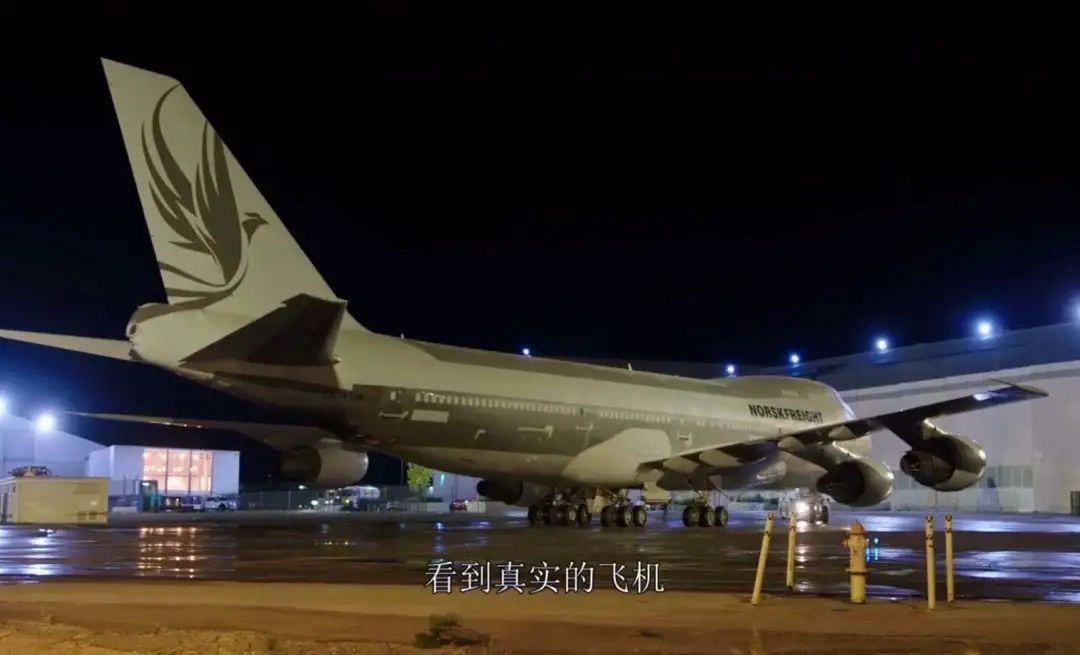
Filmmakers still need permission to take off and land from the airport and the manufacturer Boeing, and Boeing needs to provide the hangar because it is part of the fixed position.
"This shot involves the plane hitting the car, hitting the lamppost, and finally hitting the building and igniting. In essence, everything we do is what the airport does not want to happen. "
Haislip said frankly: "With their consent, we had to let Boeing board the plane to prove that we would not damage their hangar or sealed plane. We invited physicists to do calculations for stunts and asked them whether the plane has such a large weight, braking force and speed, how long it will take to stop at the earliest and where it will stop. We showed them that if we pressed this button, the plane would travel 23 feet and stop there, and they finally approved us to shoot. "
For the sake of safety and control, the plane should not be allowed to slide on its own, so Jim wilkie drove the tractor to drag the plane along the runway and then suddenly turned; After that, the cable/pulley system is used to control the actual impact.
Cottle said: "Jim and Scott spent several weeks researching, and the rest of us finished the time calculation before they could join them."

The plane is controlled by the pilot in the pod near the wheel well in the belly. "We will never let anyone sit in the cockpit to keep them as far away from the collision zone and fireworks as possible."
When shooting at night, the crash scene needs to be equipped with huge lighting equipment. Hotema confirmed: "The lighting must cover a large area, so we set up light sources on the roofs of all the surrounding buildings. It is a challenge to keep the lights bright within a mile, because the background of shooting should be an airport in Oslo, and we don’t want to shoot the dry Mojave desert. "
Nolan said that even when shooting such a well-designed scene, he must remain calm so that others can follow his command.
He said: "I must be very objective and not whimsical. I must regard it as another set of shots, because department heads and people who put complex things together must be able to act calmly and safely. If everyone is obsessed with its scale, the details will be left out. You must pay close attention to safety, so there is a lot of communication between departments to know exactly where we can go and where we can put the camera. As long as we have a serious discussion around it at the same time, find ways together, and listen carefully to everyone’s reactions, things can be done. "
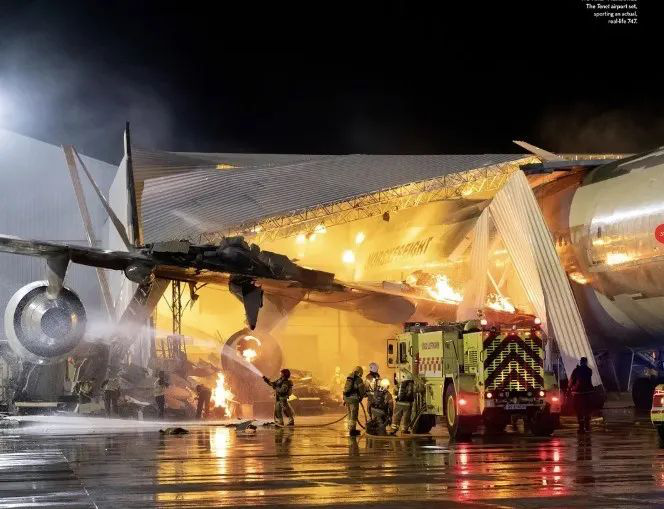
Amish Patel, the actor of maher, is an indispensable figure in this scene. He said: "Nolan likes big scenes, but everything depends on the story." He has planned everything, and you know you are safe. Then, just witness the miracle. "
Besides,Terminal building of Los Angeles International AirportAlso "performed" the terminal building of Oslo Airport.
11. Build a full-scale building to replace the green curtain.
Actors wear equipment and shuttle through the desert for 10 hours every day.
The most complicated scene in Tenet took place in an abandoned Russian city, and was shot in three locations.
The location is inMount Iger, a desert ghost town near Indio.Taken in an abandoned iron mine in the middle of the mountain. Nathan Crowley said, "We want to shoot in abandoned buildings in barren Siberian terrain without trees and plants. There are ready-made buildings in Mount Eagle, and we realized that we could transform them into old-fashioned apartment buildings. We also added buildings to keep the feeling of fauvism, which is another architectural language of this film since Linnahall. "
In addition to building many full-scale buildings, Crowley’s team also created what he called a "big model" and used forced perspective technology to make the already huge scenery look even bigger.
"You can use forced perspective to deceive your eyes," Crowley said. "We can make something seem to last forever, but this is just an illusion. In fact, this is an ancient technology, which has been largely replaced by the green screen, but we prefer the effective method. Why not use it? This can make creation more interesting, so we will do what we can, and if we can’t, we will ask our visual effects colleagues for help. "

In addition to several leading actors in the film, the entire stunt team and hundreds of extras also participated in the shooting of the Mount Eagle scene. Considering the requirements of the action and the venue, George Coe Teil arranged the first important event for the behind-the-scenes staff.
He said: "We know that everyone must suffer more than real soldiers, because they will put on military uniforms, carry guns and all the equipment, and wear these equipment for up to 10 hours every day in the hot desert, which requires a certain good attitude." But after that, the task gradually increased, and the actors ran wildly in the hilly area, with rocks and concrete blocks from the explosive buildings everywhere, surrounded by carefully set explosions.
Some interiors of Mount Eagle are inShed 16 on the set of Warner Bros..The studio is best known for its giant sink. "Studio 16 provides us with the height we need, because the sink allows you to rise 20 feet below the floor level," Crowley said. "We can’t build this kind of scenery in any other studio. Vertically, this is our best choice. "
12. Building turnstiles in closed shopping centers.
Some revolving doors can accommodate cars.
The third location is located.An old closed shopping mall in HawthorneInside, here, the crew built the largest turnstile. "This is the underground entrance of the solid industrial concrete turnstile. It was built here because it inherited the theme of Fauvism architecture, "Crowley said.
There are four turnstiles in the movie, each with a unique design: one is built in a warehouse in Estonia; Two were built in Hawthorne Shopping Center; The fourth building was built in studio 23 of Warner Bros.
"These scenes are very eye-catching," haislip said. "The huge revolving door is a magical mechanical device that moves and hinges mechanically. Some of them are so big that they can even accommodate cars. "

13.I have created two hours of material before shooting.
Musicians recorded at home and then synthesized under the epidemic situation.
Tenet’s last creativity was the score, which was composed by Ludwig Granson.
He said: "Although I have never worked with Nolan before, he has had a great influence on the way I experience movies. When talking to him, I was shocked by his vision of the soundtrack, his profound knowledge of music and his efforts to promote Tenet’s breakthrough in music production. "
"When I started writing, the dialogue between us became a listening forum. We analyzed sound, harmony and texture together, and then improved it little by little. Later, when he was about to start shooting around the world, he had two hours of music to listen to and choose. If he thinks of which soundtrack belongs to which character, or how the music fits in with the scene he shot that day in different ways, he records it and tells me. "
When describing his creative process, Granson said: "There are many sound hallucinations in the soundtrack. I spent a lot of time listening to familiar voices, and then skillfully processed them organically and digitally, thus reflecting the complex Tenet world. One of the biggest challenges I face in the creation of soundtrack is how can I present a musical roadmap to the audience when they are experiencing such a grand and technically unprecedented film? "

After successfully completing a variety of stunning stunts during photography, Nolan could never have thought that his commitment to safety would extend to the post of soundtrack. However, this year’s epidemic forced them to change the music venue.
Granson explained: "It is an unusual feeling to complete the creation of the soundtrack during the epidemic. We were lucky to be able to record the early orchestral chapters in Los Angeles, but the epidemic struck, and we had to reconsider the plan of recording large orchestral chapters for another two weeks. "
"When the whole world changed because of the epidemic, Nolan and I decided to complete the orchestral part of the score by letting musicians record music in their respective homes. This process sounds easy, but it is very troublesome to practice."
"But fortunately, the result was great. When all the content was mixed together, we were all very excited."
After the filming of Tenet was finished, Thomas said, "I hope the audience can escape from their daily lives and get involved in this story through this film. In the past few months, we all miss the feeling of being immersed in another world through movies. I am glad that the audience can enjoy this kind of fun again through this film. It will make you sit in the seat of the cinema and be firmly attracted to the front of your neck until the credits begin to roll. "
Nolan concluded: "I hope that through Tenet, I can provide the audience with a reason to feel and experience action movies again, especially spy movies. I want to show my audience a new way of watching movies, so that they can also feel the excitement of watching spy movies when I was a child. We also strive to provide a new experience for the audience, that is, when you watch the action scenes in the movie, you can’t predict what will happen next. We really hope to bring the audience an unprecedented journey of time and space reversal. "
Did you see the movie? What is the evaluation?
Set Ifeng movies as stars.
You can receive our news more quickly.
don’t forget to
Let us know that you are watching.
Ball sharing
Ball praise
The ball is watching.
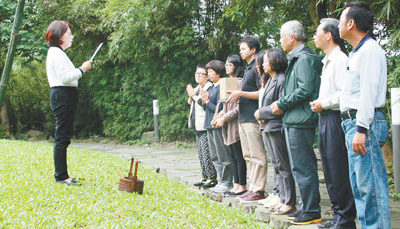
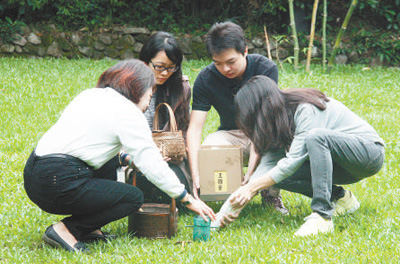



























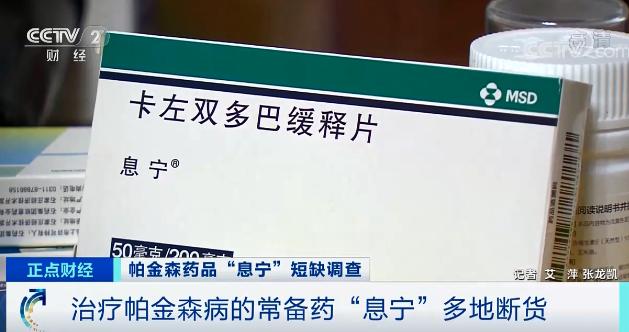
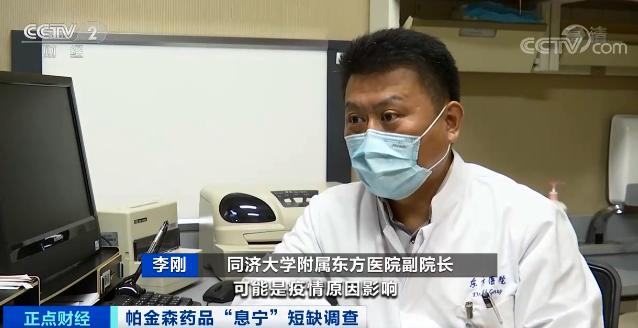
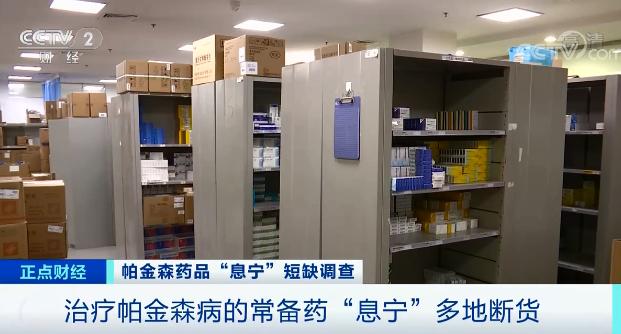
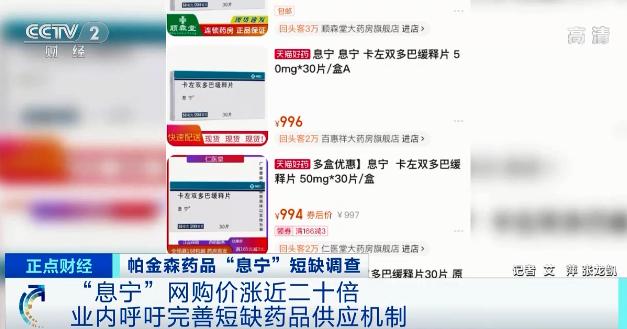
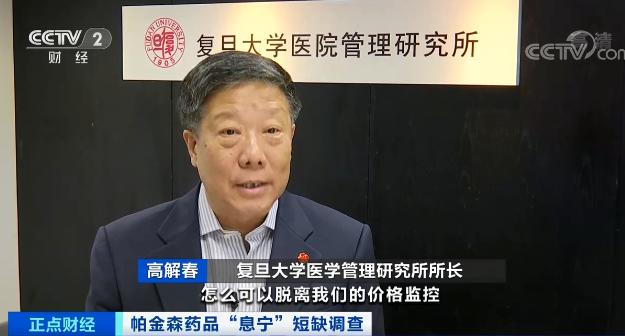
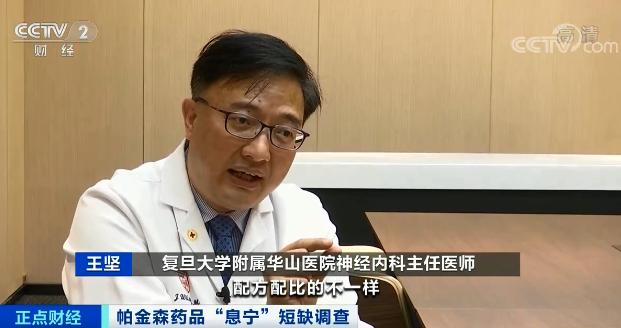
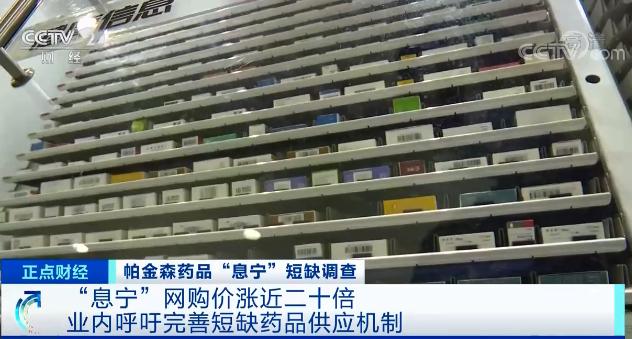
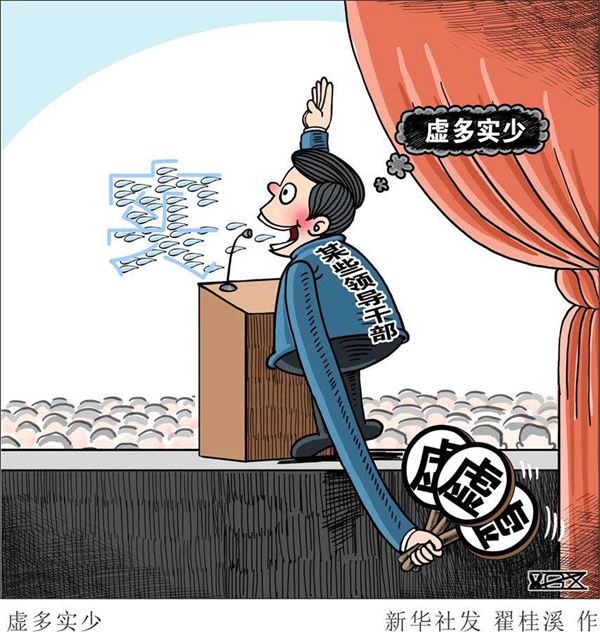
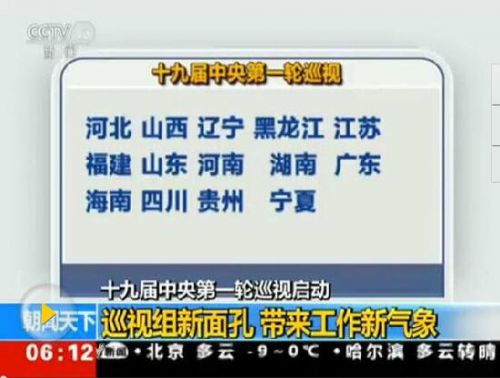
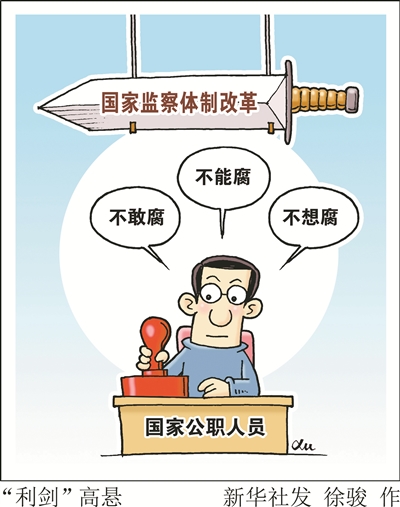
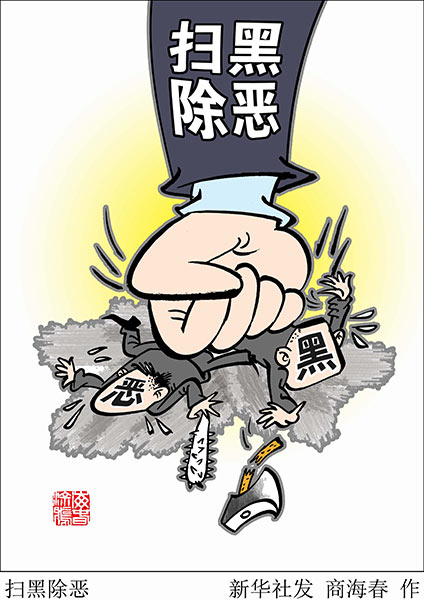
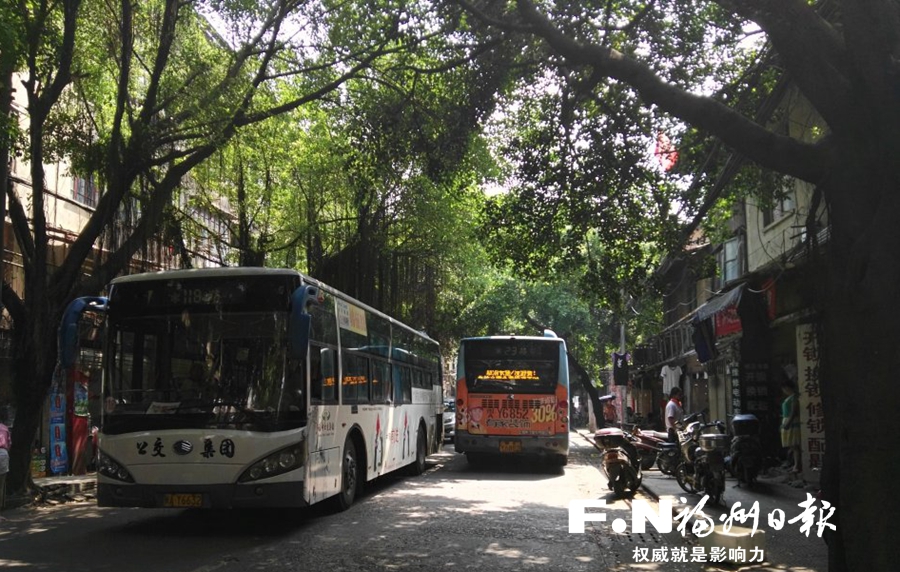
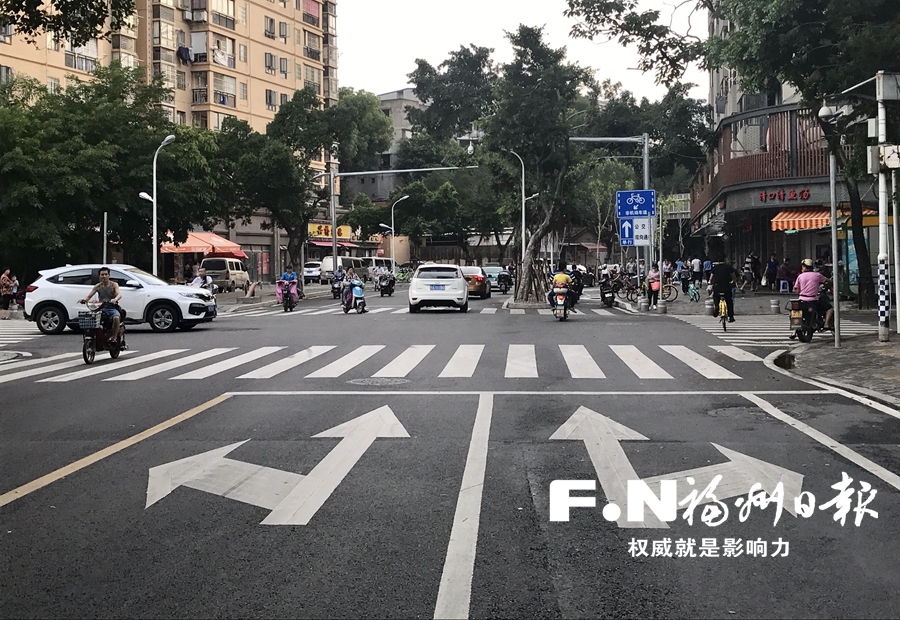
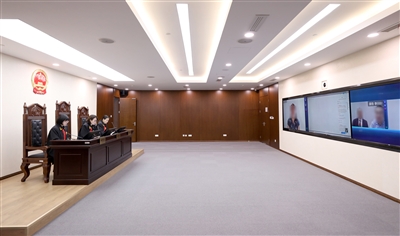
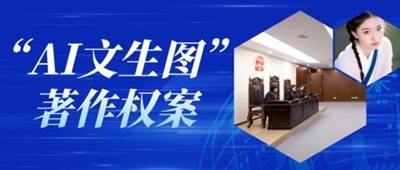 guide reading
guide reading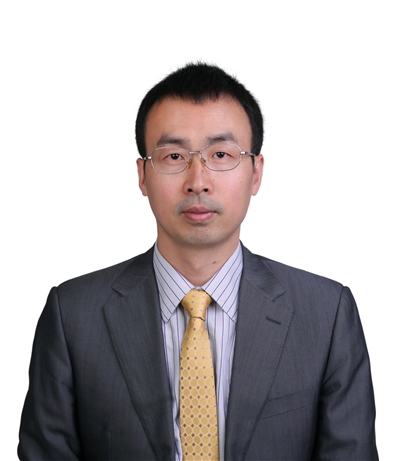 Cui Guobin, Professor of Tsinghua University Law School
Cui Guobin, Professor of Tsinghua University Law School